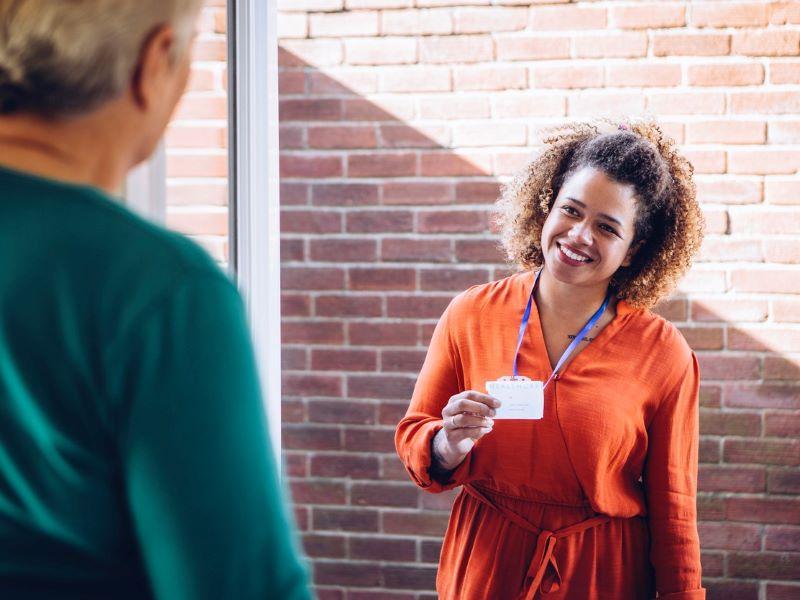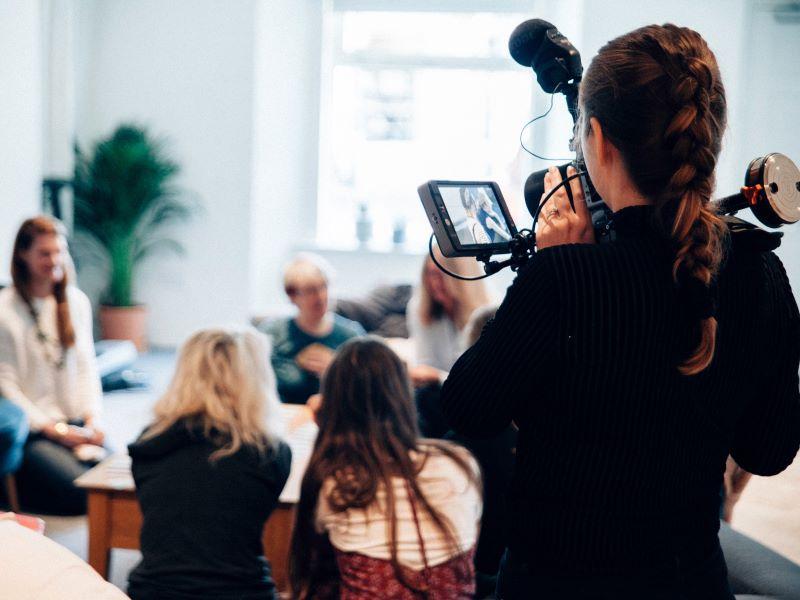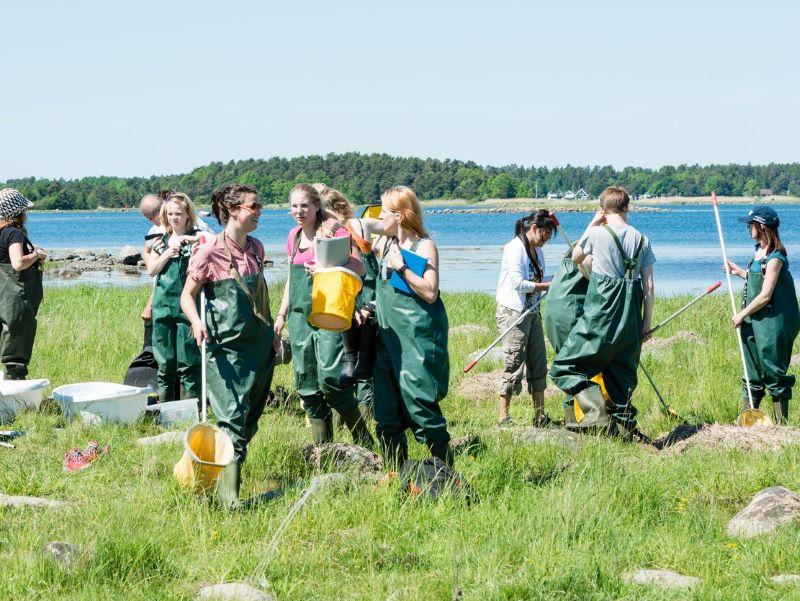Zoom fatigue is a serious threat to effective online learning. This means instructors are keen to find ways to enhance remote teaching practices and better engage students.
Project-based learning is a teaching method in which students gain knowledge and skills by engaging in meaningful real-world initiatives. This helps get students excited about learning by moving them away from computer screens and asking them to tackle authentic challenges.
To address flagging motivation and rising weariness from online classes at Siam University, the decision was made to introduce a project that would get students learning by doing. Here are some recommendations based on what we learned about making project-based learning a success for students and lecturers.
- Group work: improving communication, participation and dynamics
- Boosting student employability through virtual experience
- How to develop partnerships that offer students real-world learning experiences
Be led by your students when shaping the project
Explore what your students want to know and to do, within the confines of the course. Enabling students to direct their own learning is a really effective way to get them interested and engaged. Offer them choice where possible in how they work towards the desired learning outcomes.
If you are teaching a small group, get them together and brainstorm ideas for the project within a set framework or for solving a set problem. Ask them to vote for the project they want to work on the most. Larger student cohorts can be broken up into smaller working groups to do this.
In our case, a unanimous vote went to a project focused on boosting tourism in the campus neighbourhood once Covid-19 lockdown restrictions had been lifted. The project aims to attract more Thai tourists and foreign expats to the area.
Listen to local people’s needs in developing an action plan
For any community project to be successful, it is vital that local people’s needs and wishes are taken into account. This must be based on collecting reliable information and insight from local people and community representatives. Do not make assumptions about what will and will not work; this can lead to serious misjudgements and derail a project before it has even begun.
For our project, the Bang Ko Bua community, near our university campus, was selected because the community needed help to rejuvenate its tourism sector. The first step was to arrange a brainstorming session with key community leaders and the students.
We’d recommend allowing your lecturers to act as moderators posing the questions to community leaders and encouraging students to do the same in order to understand key needs and challenges. Without such guidance, students will not know how to run such a session and it may stall.
Our discussion highlighted that Bang Ko Bua needed media content to promote its sustainable tourism offering, which could be split into the categories of health and nature, culture, food and shopping.
Allow students set their own learning paths
Give students a large degree of freedom in how they choose to meet the challenge posed – in this case, developing promotional media material. Rather than judge students’ work as good or bad, instructors should encourage and guide them, providing constructive feedback. This gives students the freedom and confidence to develop their creative thinking.
Our students chose to present the information in the form of short videos introducing the tourist attractions and activities to do in Bang Ko Bua, for use on YouTube and other social media channels. As creators and consumers of a vast range of digital content via their mobile devices and social media platforms, our students were comfortable with this medium. In addition to the videos, the students agreed to create a billboard displaying routes for tourists who might wish to ride bikes or hike in the area.
Host site visits to bring the project to life
Site visits are crucial in helping students understand the real-world implications of their project and its potential impact. Depending on how your visit is organised, it can give valuable insight on different perspectives or target audiences.
Our students needed to understand the local way of life and culture in order to design media content that was responsive to community needs and showed the true characteristics of the place. The students were taken to sites in the guise of tourists to see the attractions and take part in activities, such as cycling popular routes along the canals and past the floating markets. They visited Bang Ko Bua’s Folk Museum, which includes temples and a collection of local antiquities. They tasted authentic local food and explored the local markets. This visit allowed the students to gather information, pictures and interview insights from local people to develop their content.
Showcasing the hard work
It’s helpful if your project results in a tangible output that can be seen and shared by the students – being able to see the results of their hard work really aids motivation.
Our project resulted in a series of three-minute videos promoting Bang Ko Bua’s tourism offering as well as a colourful billboard that mapped out four walking or cycling routes, each linked to a theme of health and nature, culture, shopping and food, which is now displayed in Bang Ko Bua.
While students had a large degree of freedom in their content and design, our tutors mentored them throughout, intervening with advice and help whenever necessary. While they may have brilliant creative ideas, most students will need guiding. Our students, for example, are not experienced in marketing or the tourism industry. But with a combination of creative freedom and instructor support, such projects can result in high-quality work.
A win-win project
Using projects such as this one makes learning more fun, enhances student engagement, supports self-directed learning and allows learning outcomes to be measured in authentic contexts. This particular project will also, hopefully, help the people of Bang Ko Bua promote their sustainable tourism attractions.
Worapoom Saengkaew is a lecturer in the Faculty of Liberal Arts at Siam University.




comment